Inside the Suez Canal race to free the Ever Given
Engineers worked around the clock to dig out the huge container ship, battling high winds and strong tides as Egypt’s leader pressed for quick results to save his country’s reputation.
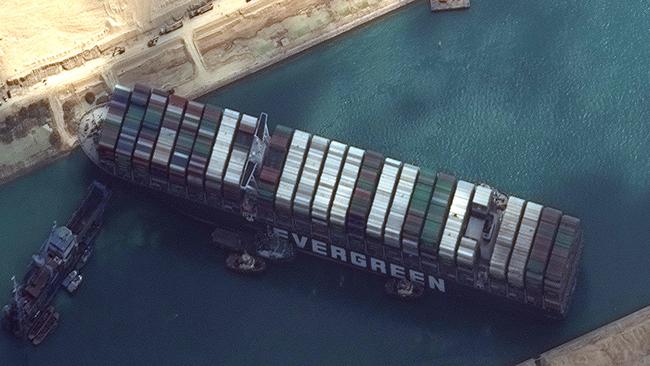
It was dawn on Day Six and time was running out. Osama Rabie watched anxiously over the Suez Canal as a team of tugboats worked to dislodge the massive Ever Given container ship, which was blocking one of the world’s most economically important waterways.
Hundreds of ships carrying billions of dollars worth of cargo were backed up. It was Mr Rabie’s job as chairman of the Suez Canal Authority to get maritime traffic moving again.
Workers had dredged more than a million cubic feet of sand and silt from beneath the 400m-long vessel. And now the tugs, taking advantage of an unusually high tide, were gently nudging the Ever Given back and forth, like a dentist waggling out a decayed tooth.
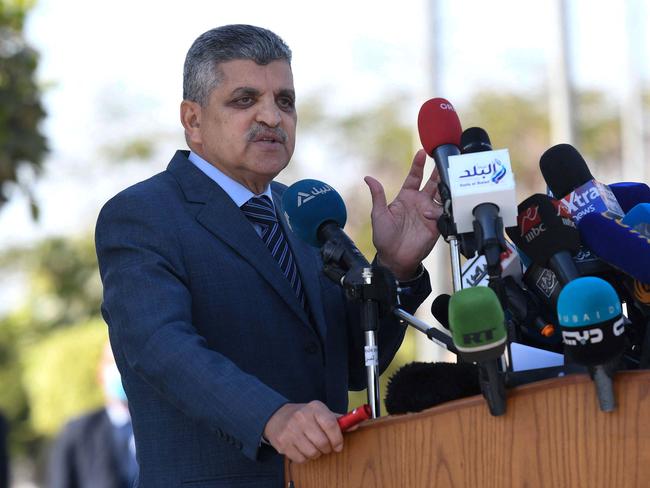
The ship moved a few yards. Some of the crews, who had been labouring around the clock, dropped to their knees in prayer. Others cried “Allahu akbar,” Arabic for “God is great”.
But instead of slipping free and gliding to the centre of the canal, the Ever Given remained stuck. They would have to wait hours for the next high tide to try again. Adding to the pressure, Egyptian President Abdel Fattah Al Sisi was already sending out tweets congratulating them on their success.
“I thought we might not make it,” said Mr Rabie, a greying former naval officer with a thick moustache.
The drama began March 23. Mr Rabie arrived at his office at around 7am thinking it would be another humdrum day. Then his phone rang.
The Ever Given, one the world’s largest ships, operated by Taiwan-based Evergreen Group, had entered the southern end of the 193km canal for the last leg of its voyage to Europe from China. On board were 18,000 containers, increasing its weight to 220,000 tons.
It had previously passed through the 150-year-old canal, which links the Red Sea to the Mediterranean. But this time it veered into the east bank at about 7.30am during a ferocious sand storm.

Investigators are still determining exactly what happened, but the result was that the Ever Given was stuck, blocking the entire width of the canal, its bow and stern grounded in the shallower waters on the waterway’s edges.
Mr Rabie said he watched as surveillance cameras installed along the sides of the waterway relayed video of the stranded vessel. Then his phone buzzed again. It was Mr Sisi demanding an update and the details of Mr Rabie’s plan of action.
“The reputation of Egypt is in your hands,” the President told him, Mr Rabie said. Mr Sisi’s office didn’t respond to multiple requests for comment.
Almost immediately, the rescue effort ran into difficulties, some of them self-inflicted.
After dispatching a team of divers to assess how badly the Ever Given had been wedged, engineers made an optimistic assessment that it would soon be pulled free.
Mr Rabie said he allowed another convoy of ships to enter the canal from the north after engineers calculated the Ever Given would soon be pulled free. He also issued a statement suggesting traffic was moving normally.
“Ships were just blindly coming in until they hit the traffic jam. Some were calling in saying, ‘We are hearing something big happened,’ and the canal was outright denying it,” said one of the pilots who steer vessels through the Suez Canal.
The canal authority’s tugboats were stationed north of Ever Given, making it almost impossible to free the ship until reinforcements from elsewhere arrived to the south to pull on its stern.
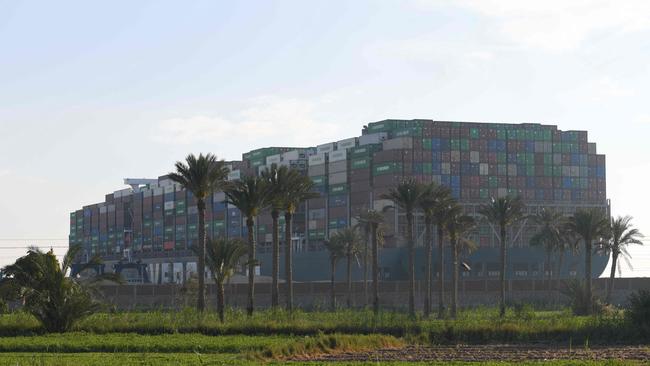
The other big challenge was to dig out enough sand and other debris before a full moon on Sunday, which would bring a higher-than-usual spring tide and give the rescuers the best chance of success. A 600-strong team of engineers and sailors risked at-times hazardous conditions, with high winds and powerful currents.
Twice, the thick cables with which the main tugboat pulled the container ship snapped under the tension, the first time its crew has seen such a rupture.
“Six days without sleeping. Six days of pressure,” said Ahmed Shaker Khalil, a deputy director in the Suez Canal Authority’s engineering department, who is responsible for maintaining the waterway’s banks.
Mohamed Ebrahim, a sailor on the Baraka 1, the canal authority’s most powerful tugboat, said he was stunned by the size of the Ever Given and doubted whether it could ever be moved.
“I was shocked,” he said. “I couldn’t believe what happened.”
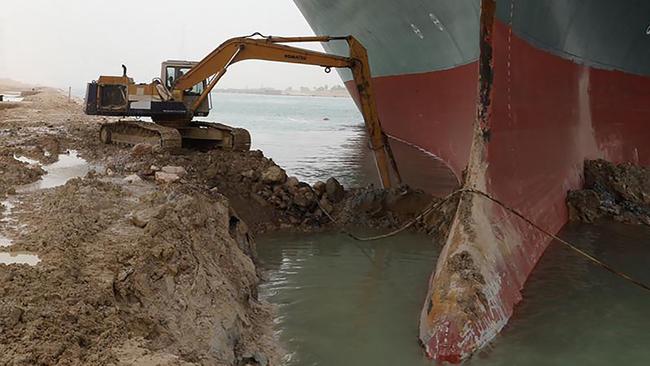
Some of the expanding team grew disheartened when they saw how a picture of a single excavator trying to dig out the ship had gone viral on the internet. Their efforts had become a joke about the immensity of everyday challenges, like coping with growing piles of laundry or a crowded email inbox.
But they understood what was at stake: Around one-tenth of the world’s seaborne oil passes through the canal, and billions of dollars worth of shipments were being held up, disrupting the world’s supply chains and tarnishing Egypt’s image.
Some vessels waiting to pass through the canal gave up and began the longer route to Europe around the Cape of Good Hope in southern Africa, adding two weeks to their journeys.
Mr Sisi, a former general who seized power in a military coup in 2013 and ordered an $US8.5bn expansion of the canal the following year, appeared agitated and demanded action as he faced one of the biggest tests to confront his government.
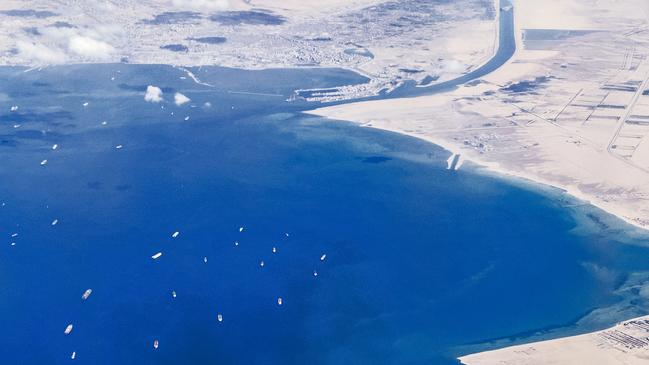
“The ‘almighty’ was very upset,” said a Western security official in Cairo. On March 25, a Dutch team hired by the ship’s owner arrived to help. Smit Salvage, which in 2000 raised the Kursk submarine from the icy waters off Russia’s northern coast after it sank, sent one of its most experienced specialists, Jules Martina. He was joined by Smit’s commercial director for Europe, the Middle East and Africa, Jody Shields.
The Smit executives began to organise a backup plan that would involve removing some of the 18,000 containers weighing down the Ever Given to help pull it out more easily. Mr Sisi was also pressuring Mr Rabie to lighten the load. Without available cranes, they considered using helicopters to remove the cargo, people familiar with the plan said.
An unloading effort could potentially add weeks to the rescue mission, and Mr Rabie’s team wanted to avoid that at all costs. They chose to go for one last push, hoping to extract just enough sand and debris for the Ever Given to slide free when the full moon began, raising water levels about the usual high-tide mark and lifting the ship.
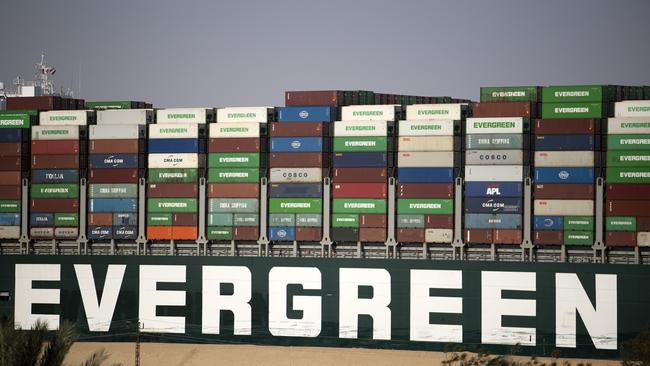
That it was a supermoon — when the full moon coincides with the moment when it is closest to Earth during its elliptical orbit — gave them reason to be optimistic.
For a while, it looked like the Ever Given could soon be pulled free. But their hopes were dashed when the daily tide fell, and they say the bow remained wedged in the side of the canal.
“There were times I felt despair, especially when the early dredging efforts on Friday hit a wall,” said Taha Samir, a sailor working with the 140m-long Mashhour, one of the largest and most powerful dredgers in the world, built in the Netherlands to help cut and suck out sand, gravel, clay and rocks during an earlier project to widen the Suez Canal.
“We were expecting the Mashhour to be the solution,” Mr Samir said.
By March 28, the dredging team had dug down to a depth of nearly 18m around the bow just as the full moon began pushing the tide higher. That evening, water levels were 48cm above the level when the Ever Given grounded on March 23.
The rescue team’s fortunes were turning with the tide, too.
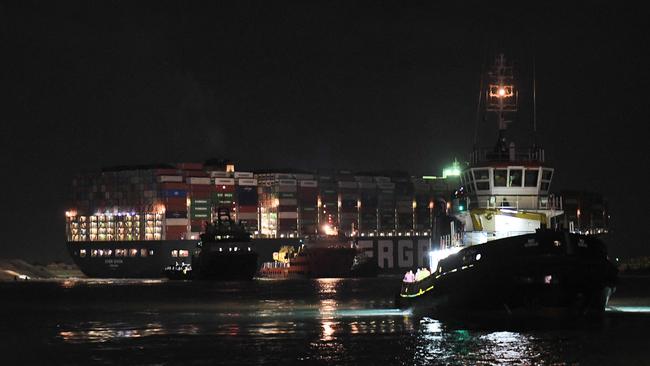
At 2am the following morning, a high-powered tugboat called the Alp Guard arrived with a pulling power of 285 metric tons — around 100 tons more than any of the other tugs — providing a significant boost. It arrived from the south side of the canal, where rescuers hoped it could use its horsepower to slowly pivot the ship’s stern and help free it from the side of the canal.
“To pull a ship moving north from her side, you need to pull on the south side,” Martijn Schuttevaer, spokesman at Smit parent company Boskalis said during the rescue.
There appeared to be a breakthrough at 5am, when the team managed to dislodge the ship’s bow from the eastern side of the canal and shift its stern 100m from the western side toward the centre of the waterway. Some of the crew members involved thought it was the moment they had been waiting for. But the Ever Given was still stuck.
The next few hours were some of the hardest of the entire operation, with crews fighting high winds and strong currents. As the tide began to ebb, however, the Ever Given began to stir.
“It was a nail-biting 15 minutes as it slowly moved,” said a person familiar with the operation. “It could drift back and get stuck again.” At 3pm, as Mr Rabie watched from the deck of the Mashhour, the combined muscle of the tug boats managed to pull the huge ship free, slowly straightening it out into the centre of the canal.
He phoned Mr Sisi.
“We have refloated the vessel and it is sailing in the canal,” he said.
“Thank God,” Mr Sisi replied, according to Mr Rabie. “Thank you.”
Amira El-Fekki and Costas Paris contributed to this article.
The Wall Street Journal
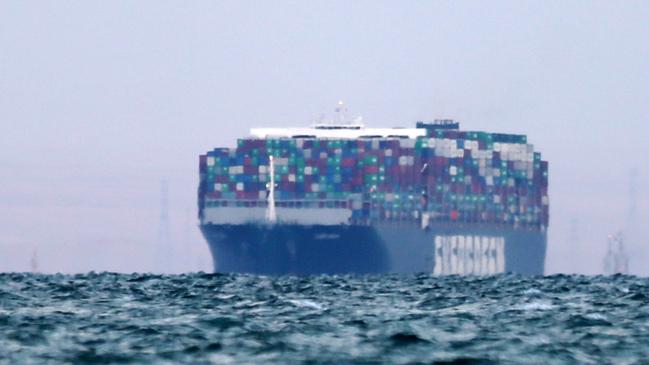



To join the conversation, please log in. Don't have an account? Register
Join the conversation, you are commenting as Logout